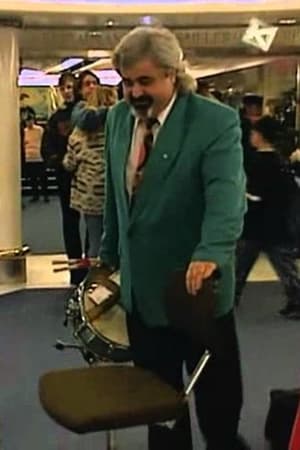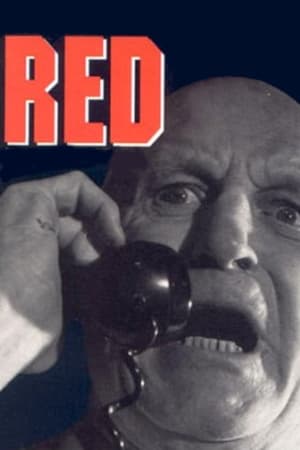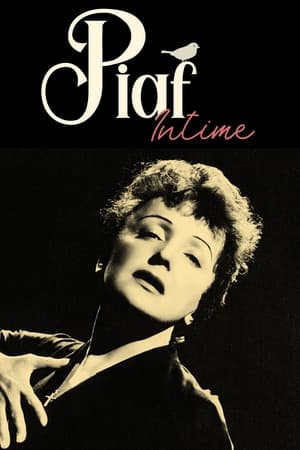
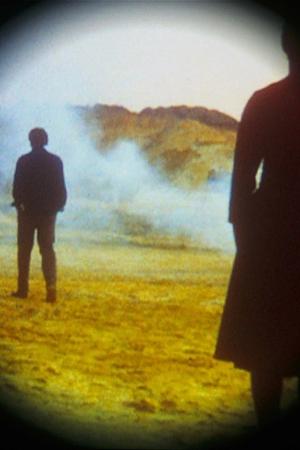
Lost Boundaries(2003)
Lost Boundaries is comprised of footage shot by Julien on location, in England in the summer of 1985, during the making of the Sankofa film and video collective's first experimental feature film The Passion of Remembrance (1986), which he co-directed with Maureen Blackwood, another member of the collective. In recapturing those moment Lost Boundaries both deconstructs and foregrounds the means of 16mm film production while weaving together a fragile community of Black artists and actors who came to prominence at a time when debates in film theory - such as those of the Screen film journal and of "third cinema" discourses where cinema was intertwined within (Brechtian) filmmaking practices - were at the forefront of forging a new politics of artistic representation. A Black avant-garde.
Movie: Lost Boundaries
Top 3 Billed Cast

Lost Boundaries
HomePage
Overview
Lost Boundaries is comprised of footage shot by Julien on location, in England in the summer of 1985, during the making of the Sankofa film and video collective's first experimental feature film The Passion of Remembrance (1986), which he co-directed with Maureen Blackwood, another member of the collective. In recapturing those moment Lost Boundaries both deconstructs and foregrounds the means of 16mm film production while weaving together a fragile community of Black artists and actors who came to prominence at a time when debates in film theory - such as those of the Screen film journal and of "third cinema" discourses where cinema was intertwined within (Brechtian) filmmaking practices - were at the forefront of forging a new politics of artistic representation. A Black avant-garde.
Release Date
2003-01-01
Average
6
Rating:
3.0 startsTagline
Genres
Languages:
Keywords
Recommendations Movies
 6.0
6.0Strange Object(en)
An archival investigation into the imperial image-making of the RAF ‘Z Unit’, which determined the destruction of human, animal and cultural life across Somaliland, as well as Africa and Asia.
Forest(en)
Short film built from photographs, sped up like a traditional stop motion and is meant to be an evocation of the English Eerie and Folk Horror.
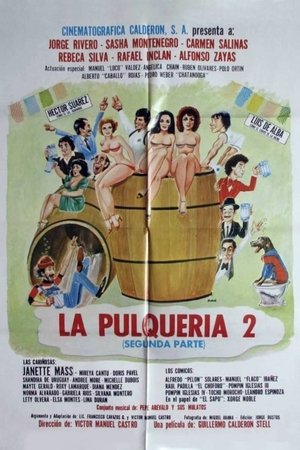 6.4
6.4La pulquería 2(es)
In this second part, the devil (Alfonso Zayas) returns to earth in search of a cure for his loss of masculinity; while Gerardo (Jorge Rivero), the rich and handsome character, continues to seduce his beloved.
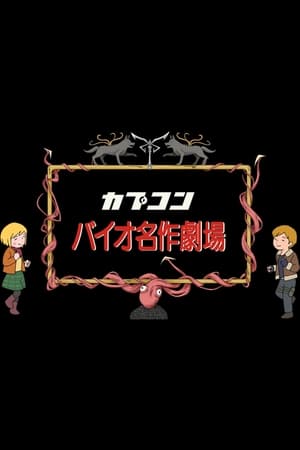 4.6
4.6Resident Evil Masterpiece Theater(ja)
Short animations based on the plot of Biohazard/Resident Evil 4 in the style of Nippon Animation's classic World Masterpiece Theater series posted to the official YouTube to promote the 2023 game release.
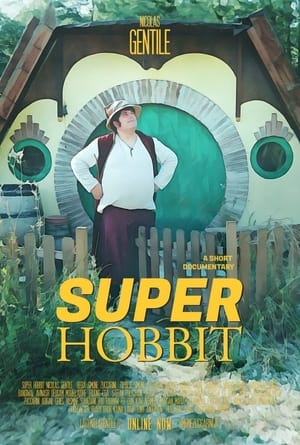 6.2
6.2Super Hobbit(it)
Discover the halfling who is building the Shire in the heart of Italy!
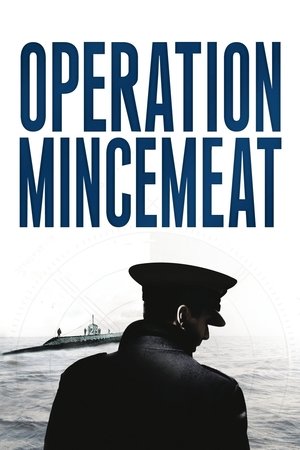 8.0
8.0Operation Mincemeat(en)
Documentary detailing the successful Operation Mincemeat in 1943, which led to the Allies successfully invading Sicily and the war turning in their favour.
 5.2
5.2Todo es posible en Granada(es)
Manolo Ortega is a tour guide in Granada and, at night, acting in a cave in Sacromonte. It has a small plot totally barren, and yet does not want to sell it to an American company for uranium prospecting. To convince, Spain bequeathed to Margaret, the director of the company. But before his stubborn refusal, decides encandilarlo. So, shake his friendship and he confesses that there is buried treasure that his ancestor discovered by a spell. Last movie starring Manolo Escobar.
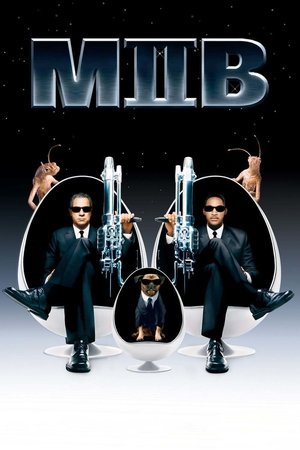 6.4
6.4Men in Black II(en)
Kay and Jay reunite to provide our best, last and only line of defense against a sinister seductress who levels the toughest challenge yet to the MIB's untarnished mission statement – protecting Earth from the scum of the universe. It's been four years since the alien-seeking agents averted an intergalactic disaster of epic proportions. Now it's a race against the clock as Jay must convince Kay – who not only has absolutely no memory of his time spent with the MIB, but is also the only living person left with the expertise to save the galaxy – to reunite with the MIB before the earth submits to ultimate destruction.
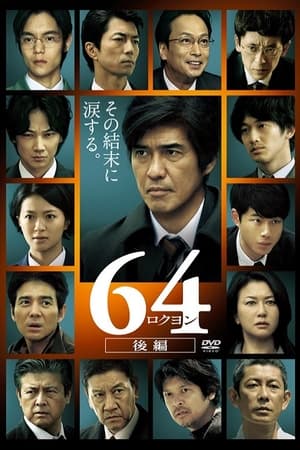 7.4
7.464: Part 2(ja)
1989: 64th and last year of the Showa era. A girl is kidnapped and killed. The unsolved case is called Case 64 ('rokuyon'). 2002: Yoshinobu Mikami, who was the detective in charge of the Case 64, moves as a Public Relations Officer in the Police Affairs Department. His relation with the reporters is conflicted and his own daughter is missing. The statute of limitations for the Case 64 will expire in one year. Then a kidnapping case, similar to the Case 64, takes place. The rift between the criminal investigation department and police administration department deepens. Mikami challenges the case as a public relations secretary.
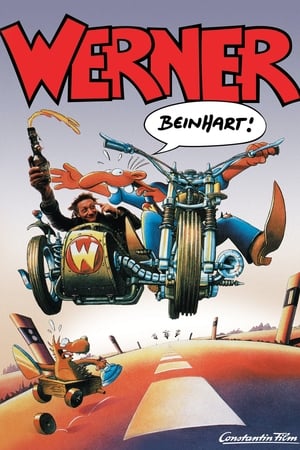 6.6
6.6Werner and the Wizard of Booze(de)
Comic artist Brösel trades a magic pen that helps him come up with funny stories for the promise to fulfill one of Rumpelstiltskin's wishes. The resulting animated films show episodes of the life of Werner, a plumber apprentice and motorbike enthusiast and his friends. They are interspersed with the live-action portions.
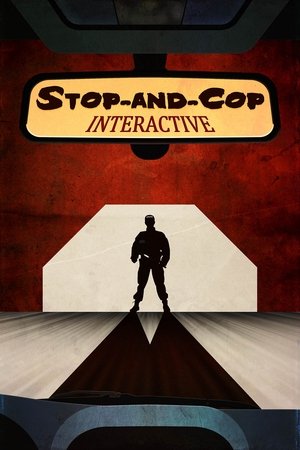 8.5
8.5Stop-and-Cop Interactive(fr)
STOP + Cop = "Stop" or "Slow down" ? Make the right choice. An interactice movie by Ken Arsyn.
 6.0
6.0The Hour of Blue Elephants(cs)
Two days before Christmas. Zuzanka and Tomás, friends from a kindergarten wander off during a walk. They admire toys and decoration in shop-windows. Zuzanka shall receive a sledge as a Christmas present and Tomás even a desired little brother. At a shooting gallery Tomás aims at a target on the trunk of a blue elephant which can call in Christmas. The impatient Zuzanka pushes to her friend and he shoots directly to the elephant's red eye. Things which the owner of the shooting gallery warned about happened: the sun popped on the sky, the snow melted and all Christmas shopping has stopped. Both pushful children decide to get a new eye for the elephant so that everything can be set right.
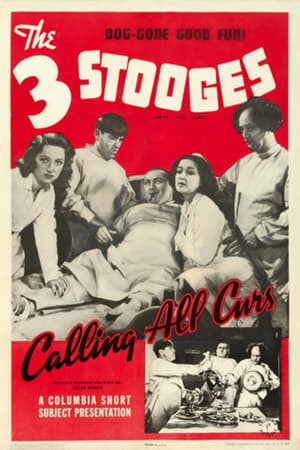 6.1
6.1Calling All Curs(en)
The Stooges run a pet hospital and are the proud surgeons of Garçon, a prized girl poodle of socialite Mrs. Bedford . When two men posing as reporters kidnap the poodle, the boys frantically try track them down.
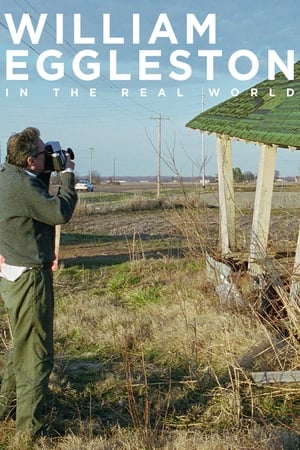 6.4
6.4William Eggleston in the Real World(en)
Documentary about William Eggleston, a famous modern American photographer.
 5.3
5.3Boynton Beach Club(en)
Residents of an adult community in Florida turn to one another for support and companionship after the deaths of their spouses. Lois has a rejuvenating affair with a younger man while acting as best friend to recently widowed Marilyn. Jack buddies up with Harry for a crash course in solo survival skills and deals with single gal Sandy's romantic overtures.
Similar Movies
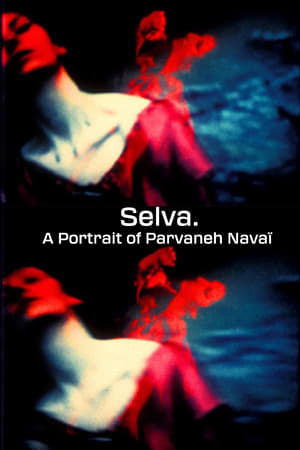 10.0
10.0Selva. A Portrait of Parvaneh Navaï(fr)
Trance dances and out of body projection. In front of the camera, Parvaneh Navaï becomes a mediator who enters in contact with and immerses into the energies of Nature, while her own energy radiates and echos in the forest ("selva"). The camera amplifies and expands her presence, transforming the forest into an imaginary space. The camera becomes a painter's brush.
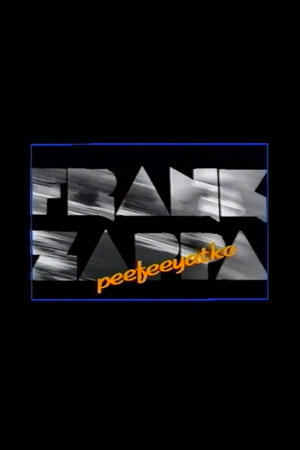 0.0
0.0Frank Zappa: Peefeeyatko(en)
For the past ten years Zappa in composing has turned away from Rock and Roll music - for which he first became famous - and has been working on new, contemporary, orchestral electronic music; in solitude and beyond any commercial conventions or commitments. It is the first time that Zappa has allowed a film crew to study him during compositional work, actually filming the first moments of a new compositional process. By contrast, in a staged interview Zappa gives comments on music. This film seeks to reveal the sensetivities of Zappa's personality and character also beyond narrative content.
 4.2
4.2Song 5(en)
SONG 5: A childbirth song (the Songs are a cycle of silent color 8mm films by the American experimental filmmaker Stan Brakhage produced from 1964 to 1969).
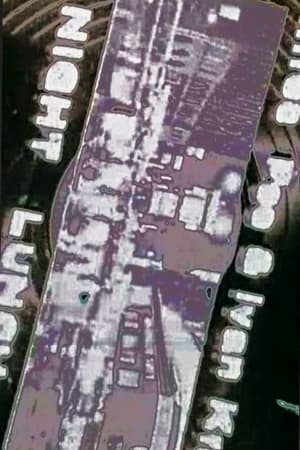 5.0
5.0Night Lunch(en)
This is Poe and Král's first effort, shot on small-gauge stock, before their more well-known endeavor The Blank Generation (1976) came to be. A "DIY" portrait of the New York music scene, the film is a patchwork of footage of numerous rock acts performing live, at venues like Madison Square Garden, Radio City Music Hall, the dive bars of Greenwich Village and, of course, CBGB.
 10.0
10.0Daedalus(en)
"Fly too high and you will burn, go too low and you won't breathe." Shot in just seven consecutive days during the summer of 2023, it concludes the first volume of Bliss, a playlist of sounds and shapes. Daedalus delves into the perilous dance between striving for something and the suffocating pull of stagnancy. This chaotic structure bridges the warnings and epiphanic thoughts of 20th-century thinkers with the lives of today's dreamers.
St. Mark’s School "Go Lions Go!"(en)
A documentation of the year of high school of 1970 to 1971 for students and teachers alike at the St. Mark prep-school community, from the 'weird drama and film students', to the most infamous teachers of the year like Mr. Burns and Mr. Whatley, along with many references to music and film of interest at the time; Consistently from the perspective of an intrusive senior, according to Mr. Whatley, "had the worst case of senioritis he had ever seen." Shot entirely in Super-8, narrated by the director.
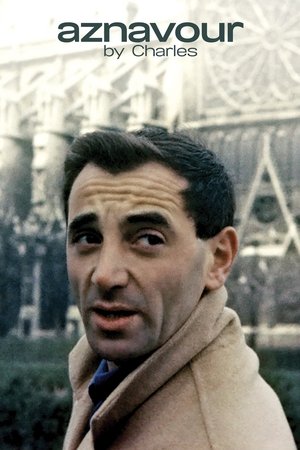 6.9
6.9Aznavour by Charles(fr)
In 1948, French singer Charles Aznavour (1924-2018) receives a Paillard Bolex, his first camera. Until 1982, he will shoot hours of footage, his filmed diary. Wherever he goes, he carries his camera with him. He films his life and lives as he films: places, moments, friends, loves, misfortunes.
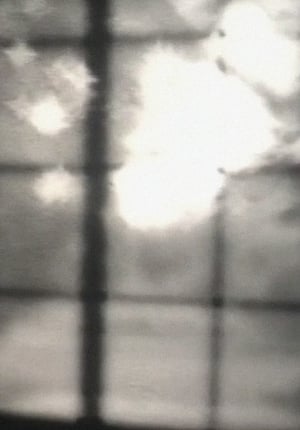 5.0
5.0Reflection(ja)
Eerie images of landscapes after the Fukushima nuclear disaster shot on black and white 8mm.
 0.0
0.0Skip Liberty: Shooting in Vietnam(en)
Skip Liberty enlisted in the Army in 1968. During his tour in Vietnam he shot 3,100 feet of Super 8 film, over 3 hours worth. Upon returning to the states the film was placed in storage, Skip had never seen the footage he shot. Until now.
 6.3
6.3SP(en)
The biggest, most populated, and frantic city in South America. While Cariocas are like tropical birds, Paulistas are like frenetic ants. Distances are longer and they're always in a hurry. A busy journey through this beautiful Brazilian beast which cannot help but beating irregularly.
 0.0
0.0Variations on Iserois Landscapes(en)
Thirty-three shots based on the landscapes of the Isère region near Vienne. A work of observation on light, the dilation of Time, wind, calm and storm.
 0.0
0.0City with Dreams of the Sea(xx)
Short film of a general landscape about the saturation of the city. 35mm.
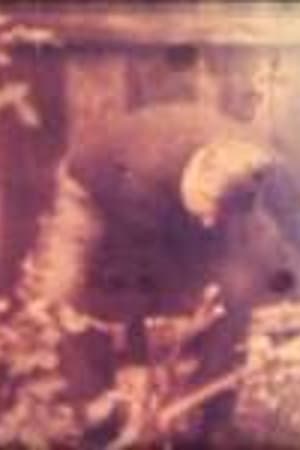 4.0
4.0Memory(pt)
Memory is a collaboration with musician Noah Lennox (Panda Bear), exploring the relationship between a musician and filmmaker and their personal reflection on memories. From Super 8 home movies and entirely handmade, this film explores familiar memories, the present moment combined with past experiences and how it all seems to evade from our present memory.
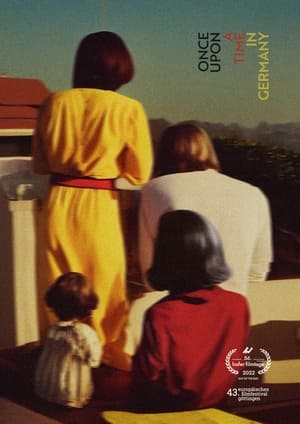 0.0
0.0Once Upon A Time In Germany(de)
Indifferent landscapes, refracting light, some lonely bird and the window to the sebum-laden living room made of patterned wallpaper and trivialities. Cut. Tenacious sequences inflate moments to cliff-hangers and shatter their tremulous spectatorship. Thundering leitmotifs – in constant intoxication by German disinterest – with no backrest or lederhosen. Black-red-gold at full mast, the cinema is dead.
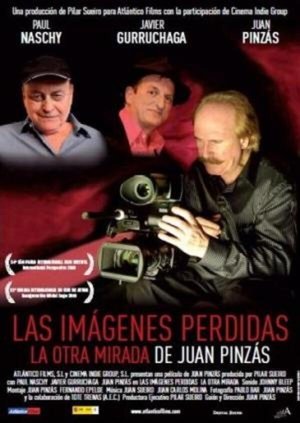 4.0
4.0Lost Images: The Other Eye of Juan Pinzás(es)
The filmmaker Juan Pinzás goes on a physical and also inner journey, in search of some lost images that he filmed in the 80s. The journey takes him from Madrid to Galicia and on the search for these images he meets with various characters who will help him in his undertaking, such as the actors Paul Naschy and Javier Gurruchaga whose personal worlds will be examined in the film. Finally in Vigo, his home city, of which he presents a remarkable portrait, he finds an old film in Super-8mm with the missing images. The catharsis is produced with the viewing of the old film which turns out to be a tribute to cinema and this means the end of the filmmaker's introspective journey.
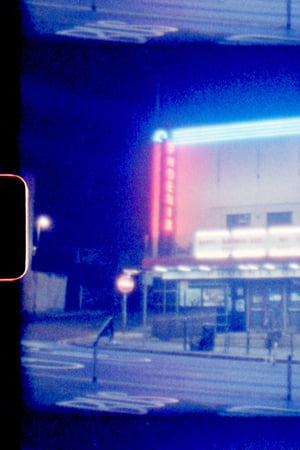 2.0
2.0Cinema Now(en)
A fragmented collection of independent closed cinemas, in London during lockdown, captured on Super 8mm film.
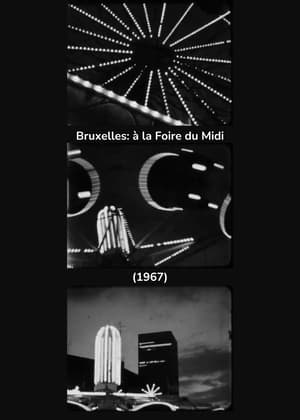 5.5
5.5Bruxelles: à la Foire du Midi(xx)
The first film by Chantal Akerman, a short silent 8mm film shot during the Brussels summer Midi Fair, that was one of four short films she made as a short of entrance exam at INSAS were she studied for just a couple of months.
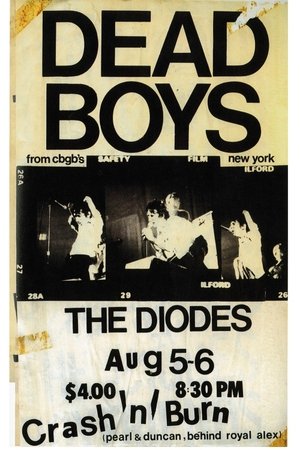 0.0
0.0Crash 'n' Burn(en)
Crash 'n' Burn is an experimental film shot in and named after Toronto, Ontario's first punk rock club. (Not to be confused with Peter Vronsky's similarly titled 1977 documentary on the Toronto punk scene made for the CBC television network.) The film, shot on 16mm black-and-white stock, features performances by Dead Boys, Teenage Head, The Boyfriends, and The Diodes".
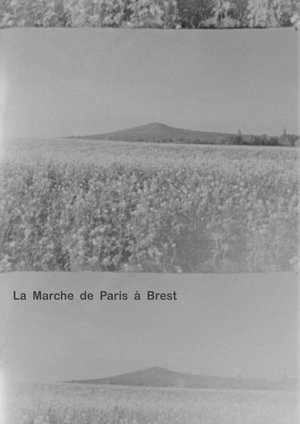 0.0
0.0Walking from Paris to Brest(fr)
In 1927, filmmaker Oskar Fischinger traveled for three weeks along the side roads between Munich and Berlin, filming frame by frame the people he met along the way and the places he passed through. In 2020, the director did a remake of this film during a month-long walk between Paris and Brest.


